Ladonia, Texas, Fannin County. (original) (raw)

History in a Pecan Shell
The area was settled around 1840 by James MacFarland and Daniel Davis. James H. Cole, is credited with platting the town around 1855. The community had been known as McCownville but in 1857 the name was changed � supposedly to honor La Donna Millsay, a Tennessean singer who entertained the town.
The name La Donna was submitted to the postal authorities for a post office � and when it opened in 1858 � no one was sure of who was responsible of the slight change in spelling. In 1887 the Gulf, Colorado and Santa Fe Railroad arrived and the town grew to a respectable population of 350 (more or less). Ladonia became a shipping point for cotton, corn, and grain crops. In the 1890s the population grew to an estimated 1,500 people � and 2,000 by the end of that decade. In the throes of the Great Depression the population fell to 1,199 and never recovered . By the 1970s it was down to just over 800 residents. By 1990 it reported a population of 658. and for the 2000 census it had risen to 667.
See
Ladonia Historical Marker ›
Ladonia Cemetery Historical Marker ›
Ladonia, Texas Landmarks
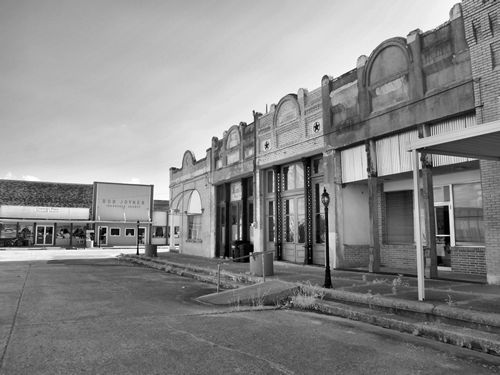
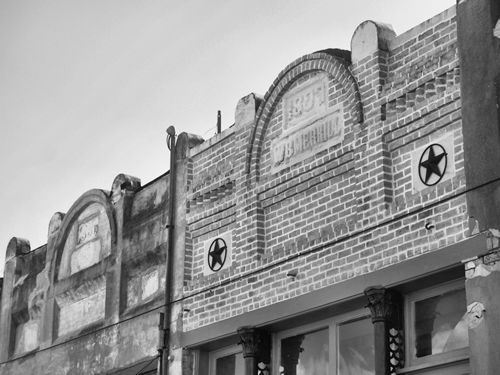


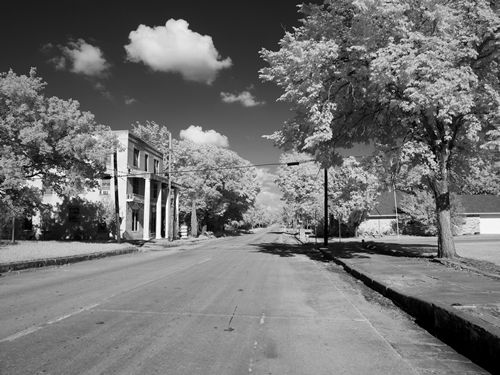

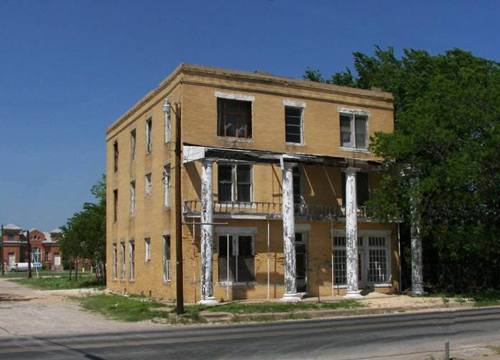
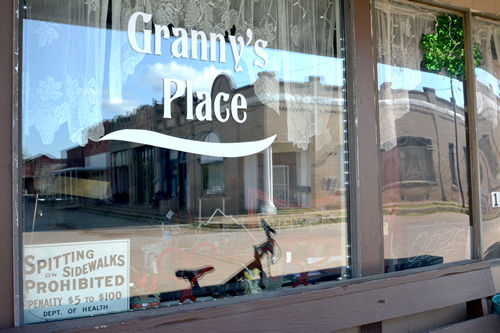
Granny's Place, one of the businesses that appears to be operational, although it was closed at 3PM on a Tuesday.
Photo courtesy Texana Pictures - Frank R. Brown, April 2017
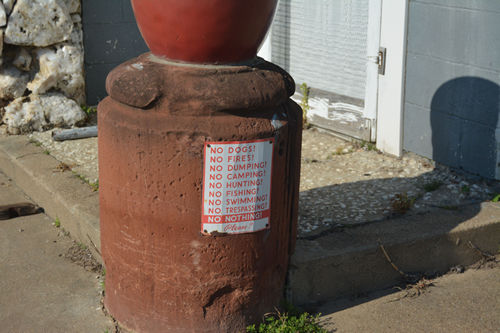
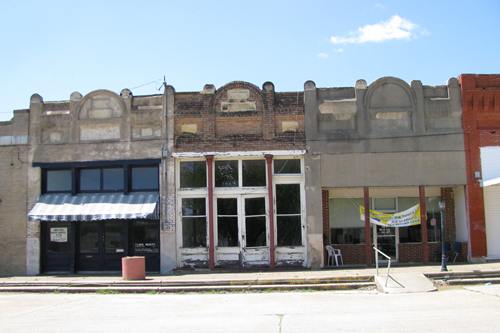
Downtown Ladonia
Photo courtesy Mike Price, April 2008
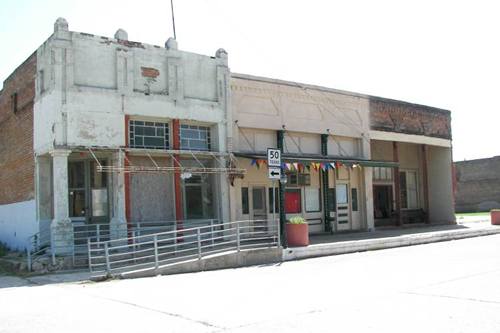
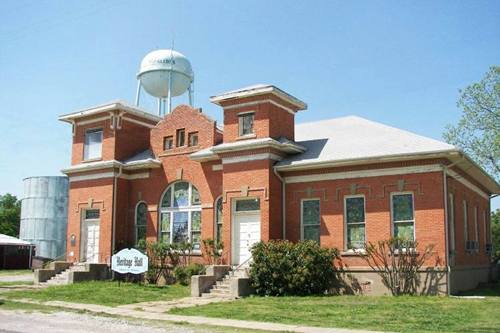
Former Ladonia Presbyterian Church - now Heritage Hall
201 Paris St.
Recorded Texas Historic Landmark - 1997
Photo courtesy Barclay Gibson, April 2006
Historical Marker: 201 Paris St.
Ladonia Presbyterian Church BuildingThe Ladonia Presbyterian Church, U. S. A., originally organized in the mid-19th century, erected this structure between 1910 and 1912. The building contract was awarded to W. H. Markley of Commerce for $6,400. An excellent example of 20th century Mission Revival style adapted to an ecclesiastical mode, the structure exhibits fine detailing and proportions with a simplicity of form. The congregation was dissolved by 1976. The character defining central parapet was reconstructed in 1997.
Recorded Texas Historic Landmark - 1997

United Methodist Church in downtown Ladonia
Photo courtesy Mike Price, April 2008
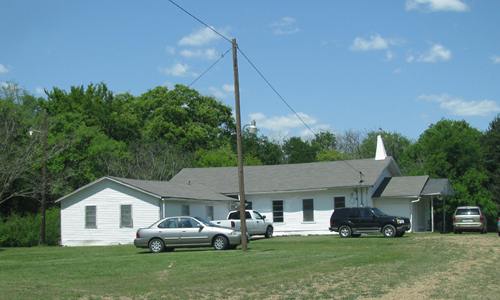
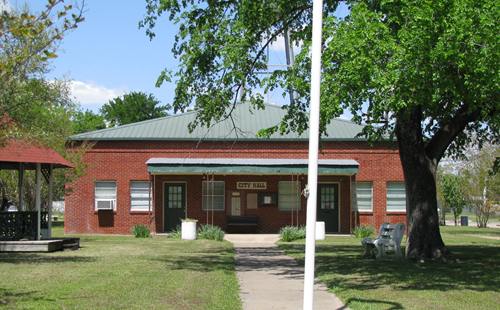
Ladonia City Hall
Photo courtesy Mike Price, April 2008

Ladonia Volunteer Department & fire truck
Photo courtesy Mike Price, April 2008
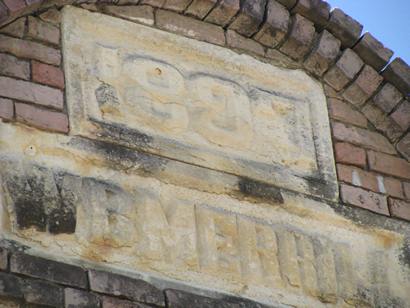
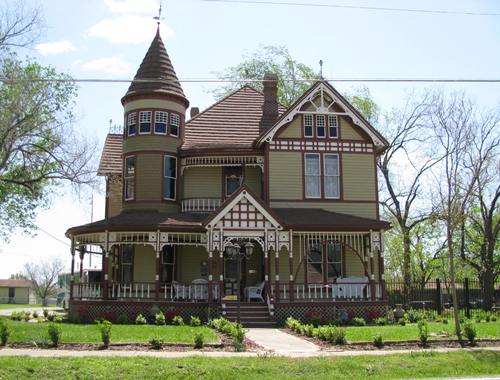
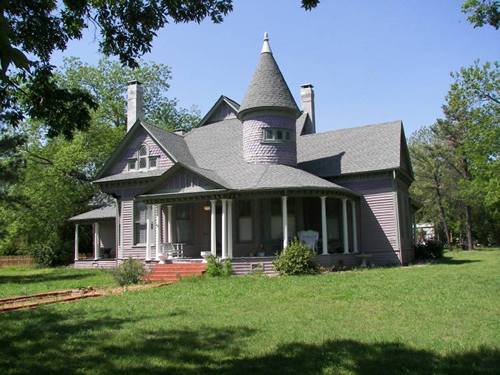
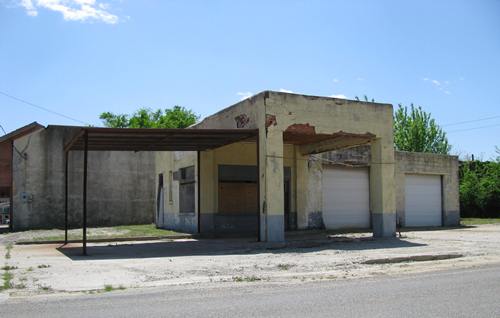
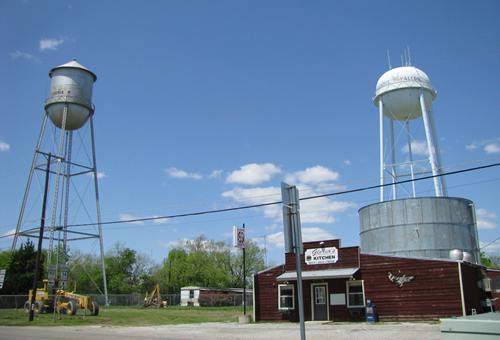
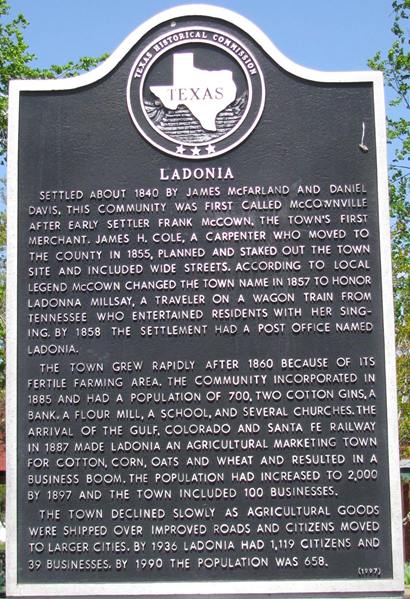
Ladonia Historical Marker
Photo courtesy Mike Price, April 2008
Historical Marker: on Town Plaza
Ladonia
Settled about 1840 by James McFarland and Daniel Davis, this community was first called McCownville after early settler Frank McCown. The town's first merchant, James H. Cole, a carpenter who moved to the county in 1855, planned and staked out the town site and included wide streets. According to local legend McCown changed the town name in 1857 to honor Ladonna Millsay, a traveler on a wagon train from Tennessee who entertained residents with her singing. By 1858 the settlement had a post office named Ladonia.
The town grew rapidly after 1860 because of its fertile farming area. The community incorporated in 1885 and had a population of 700, two cotton gins, a bank, a flour mill, a school, and several churches. The arrival of the Gulf, Colorado and Santa Fe Railway in 1887 made Ladonia an agricultural marketing town for cotton, corn, oats and wheat and resulted in a business boom. The population had increased to 2,000 by 1897 and the town included 100 businesses.
The town declined slowly as agricultural goods were shipped over improved roads and citizens moved to larger cities. By 1936 Ladonia had 1,119 citizens and 39 businesses. By 1990 the population was 658.
(1997)
Historical Marker: near intersection of 200 Church and 200 Paris St.
Ladonia Cemetery
The principal burial ground for members of the Ladonia community, this graveyard has historically been divided into two sections: The I.O.O.F. (Odd Fellows) Cemetery and the Presbyterian Cemetery.
The oldest recorded grave, that of Joe Shelby (d. 1866), infant daughter of J. E. and S. T. Shelby, is located in the Presbyterian Cemetery section. Also in that section is the "Stranger's Tomb," marking the grave of an unknown traveler who died in October 1867. Another early burial is that of William Lovelace Foster (1830-1869), Civil War veteran and pastor of Ladonia's first Baptist church at the time of his death.
The I.O.O.F. section of the cemetery was originally maintained by the local Odd Fellows Lodge. The earliest recorded grave there is that of Mrs. P. T. (Marie) Hockaday (1838-1881). The Lodge continued to care for its section of the cemetery until about 1902, when management of the two sections of the graveyard were merged.
Those interred in the Ladonia Cemetery include veterans of the Civil War, World War I, and World War II, as well as early settlers of the area, Fannin County officials, and many generations of Ladonia citizens.
(1988)
Ladonia Recreation
Ladonia Fossil Park - 2 miles (3 km) north of Ladonia on the North Sulphur River.
Texas Escapes, in its purpose to preserve historic, endangered and vanishing Texas, asks that anyone wishing to share their local history, stories, landmarks and recent or vintage photos, please contact us.